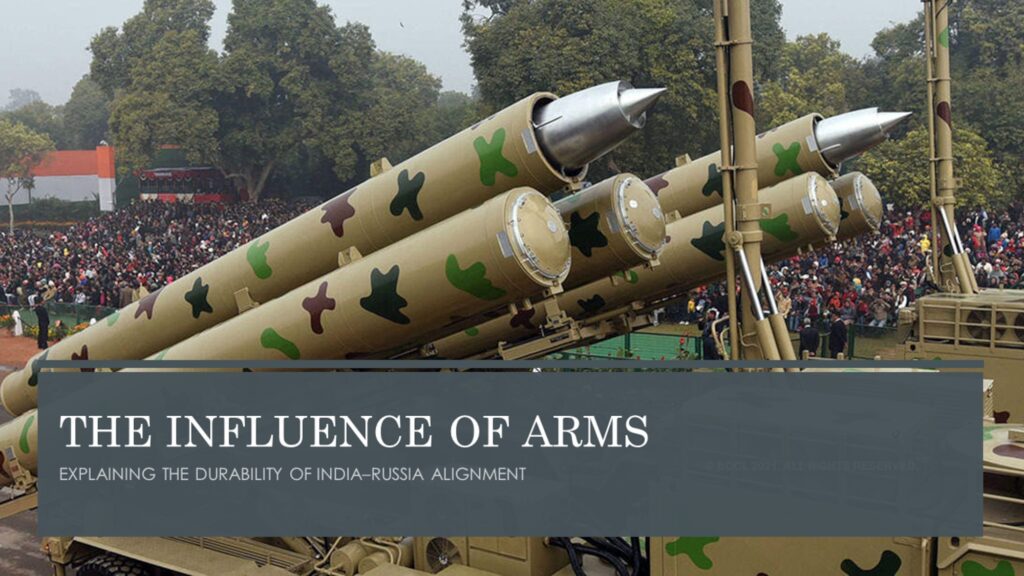Military families face unique challenges and dynamics that require targeted support and understanding. This comprehensive overview explores the various aspects of military family dynamics, including deployment and separation, frequent relocations, and exposure to traumatic events. It covers topics such as the emotional impact of deployments, post-deployment reintegration, the constant uncertainty faced by military families, and financial strain. The article also highlights the importance of support systems and resources available to military families, including military support programs, community initiatives, and personal support networks. By understanding and addressing these dynamics, we can ensure the well-being and resilience of military families.
Understanding Military Family Dynamics: A Comprehensive Overview
Introduction:
Military families are a unique group that experience distinctive challenges and dynamics. The military lifestyle can present a wide range of difficulties, including prolonged separations, frequent relocations, and potential exposure to traumatic events. This article aims to provide a comprehensive overview of military family dynamics, shedding light on the complexities they face and the support they need.
I. Deployment and Separation:
1. Pre-deployment Phase:
– Anticipation and preparation for deployment
– Emotionally challenging farewells and concerns about safety
2. During Deployment:
– Maintaining communication through limited contact
– Coping with stress and anxiety
– Single parenting and increased responsibilities for the remaining partner
3. Post-deployment Reintegration:
– Readjusting to family routines and dynamics
– Rebuilding trust and reconnecting with children
– Managing potential post-deployment challenges or trauma
II. Frequent Relocations:
1. Emotional Impact:
– Adjustment difficulties for the spouse and children
– Loss of social networks and support systems
– Navigating new schools and communities
2. Constant Adaptation:
– Building resilience and flexibility
– Creating a sense of home amidst frequent moves
– Balancing personal and professional goals
III. Unique Stressors:
1. Constant Uncertainty:
– Coping with potential danger faced by the service member
– Living with constant unpredictability and change
2. Traumatic Events and Losses:
– Dealing with the psychological effects of war and combat experiences
– Grieving and supporting families who have lost loved ones
3. Financial Strain:
– Managing finances during deployment and frequent moves
– Adapting to changes in income and benefits
IV. Support Systems and Resources:
1. Military Support Programs:
– Resources for mental health support, counseling, and therapy
– Deployment support groups for spouses and children
– Financial assistance programs and educational benefits
2. Community Support:
– Local organizations and community initiatives
– Non-profit organizations focused on military family support
– Veteran support groups and networks
3. Personal Support Networks:
– Strengthening relationships with family and friends to provide emotional support
– Building connections with other military families who understand the unique challenges
– Seeking professional help when needed
Conclusion:
Understanding military family dynamics is crucial to providing the support and resources necessary for their well-being. Their unique challenges, such as deployment and separation, frequent relocations, and exposure to traumatic events, require targeted assistance and understanding. By recognizing these dynamics, we can offer the support systems and resources that military families need to thrive despite the challenges they face.
